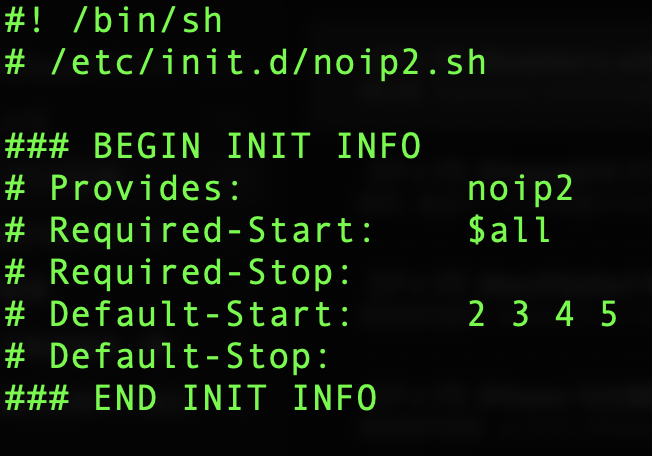

- #No ip duc vpn install#
- #No ip duc vpn update#
- #No ip duc vpn registration#
- #No ip duc vpn password#
- #No ip duc vpn Pc#
New configuration file '/tmp/nf' created. Only one host is registered to this account.ĭo you wish to run something at successful update? (y/N) N
#No ip duc vpn password#
Please enter the login/email string for enter the password for user ****** usr/local/bin/noip2 -C -c /tmp/nfĪuto configuration for Linux client of. Noip2.c:1838:20: warning: variable ‘y’ set but not used Noip2.c:1826:13: warning: variable ‘x’ set but not used Noip2.c:1595:6: warning: variable ‘i’ set but not used Gcc -Wall -g -Dlinux -DPREFIX=\"/usr/local\" noip2.c -o noip2
#No ip duc vpn install#
Install using the make command, this will use GCC to create the binaries and you will then be prompted to log in with your No-IP account username and password make install 08:25:22 (113 KB/s) - ‘’ saved Unzip it: tar xf Change directory to the folder: cd Install using make:
#No ip duc vpn update#
apt install make gcc -y Change directory cd Download the noip2 Dynamic Update Client: wget Once we finish installing the binaries, then we can remove it as well. You can probably skip it if you already have them installed. SSH to your Linux server and sudo -s yourself to gain root access and install pre-requisites. Now let’s get to it: Install pre-requisites If you’re familiar with it then you can skip parts to get to the right sections to either use init.d or systemd, so feel free. I know, I know I overdid it but it doesn’t hurt and now you will have multiple ways to control it.

This post attempts to fix that problem by installing required packages to run the make command, install noip2 binary, fix file permissions if missing, create an init.d script for service command, create a systemd file so that we can control it via systemd and finally enable it via systemctl. But the instructions are lacking as if you reboot your server, it doesn’t work anymore because it doesn’t run on startup. Ideally noip2 Dynamic DNS Update Client should continually checks for IP address changes in the background and automatically updates the DNS at No-IP whenever it changes. For example, I use for my Dynamic DNS updates and I found that the instructions for installing noip2 Dynamic Update Client is lacking clarity and not fit for purpose in latest Ubuntu servers. If you are using Dyn Standard DNS, simply click the Set to Dyn Standard DNS Nameservers button to automatically configure your domain.Often I find instructions from different vendors that are too generic and doesn’t really work the way you want it to.
#No ip duc vpn registration#
If your domain is registered with Dyn, visit the Zone Level Services page and click the Domain Registration link for your domain name, then click the Edit Nameservers button. You are also able to use Dynamic DNS to keep your dynamic IP address synced with our DNS servers. For more information on DNS Zones click here. This can be upgraded to allow more domains. Plus Managed DNS grants you one zone for one domain. Instead, when you connect to the VPN, your RD client acts like it’s part of the same network and be able to access your PC.
#No ip duc vpn Pc#
If you connect to your local area network by using a virtual private network (VPN), you don’t have to open your PC to the public internet. How can I access a server from outside the network? Then in the box that appears type the IP address and click Connect. On it, open the Start Menu, start typing “Remote Desktop” and select Remote Desktop Connection when it appears in the search results. Once you’ve set up the target PC to allow access and have the IP address, you can move to the remote computer.

How do I assign an IP address to a Remote Desktop? features security measures including 256-bit SSL encryption to protect against the loss, misuse or alteration of information placed under our control. More than 30 million people use No-IP to access their computers remotely, run a home server, monitor an IP camera, or even manage their websites DNS, secure their website with an SSL certificate, or monitor a server for downtime. Here you can Configure, Add Plus Managed DNS, Manage Hostnames and Lock/Unlock your domain. To manage your Domain Registration, login to your No-IP account and select ‘My Services’ on the left side of the page and then ‘Domain Registration’.


 0 kommentar(er)
0 kommentar(er)
